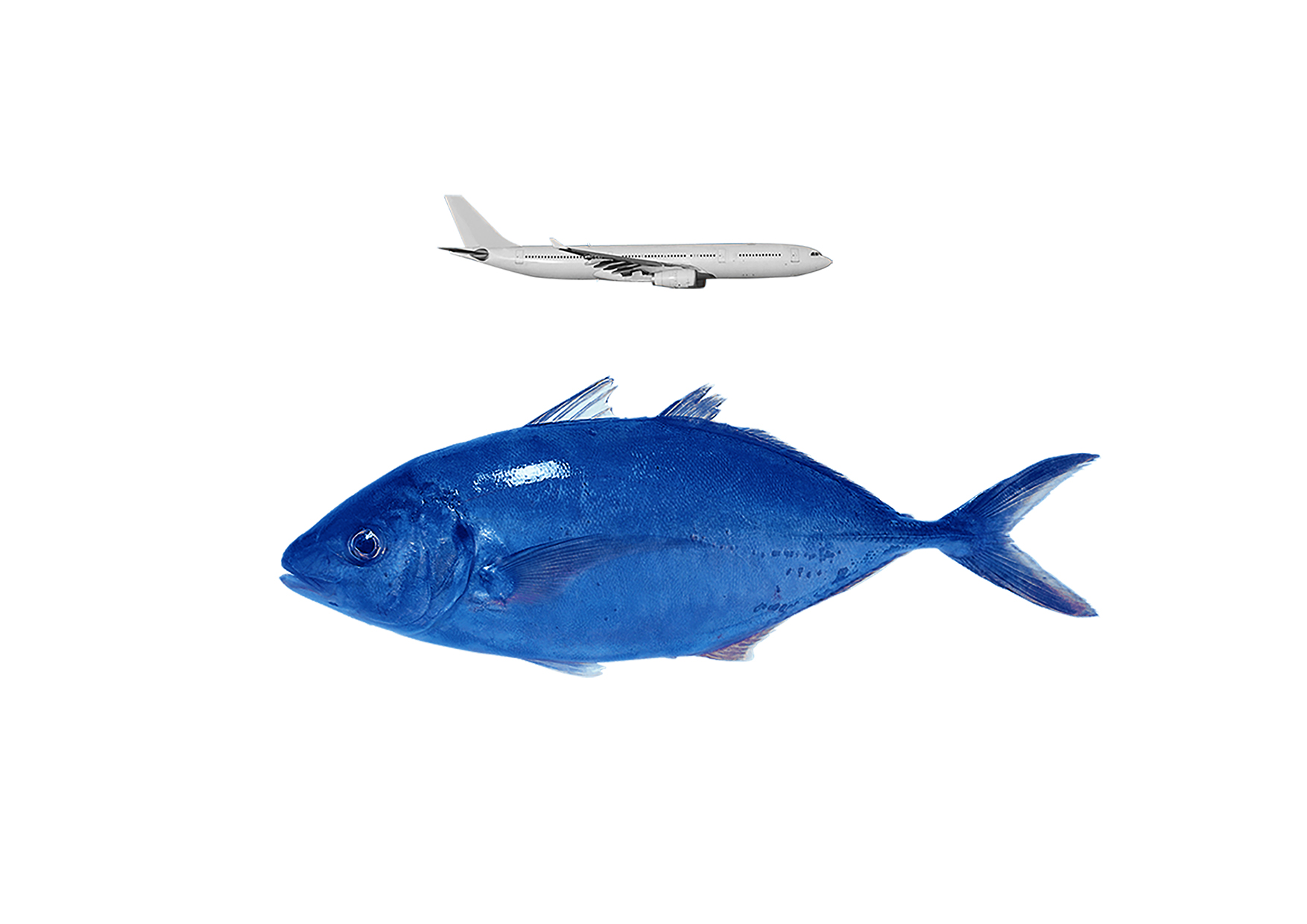On the occasion of the narrative of the English novelist J.G Ballard, ‘’The largest theme park inthe world’’, where he describes the Mediterranean Sea as a linear city, issues of habitation and urbanization along the coastline are being considered. The Mediterranean landscape is heterogeneous, full of differences and conflicts but at the same time is characterized by unity, multiculturalism, exchange of ideas and liveliness. It is a landscape that is in a process of continuous transformations, always something happens «here». To a great extent, transformations are due to tourism. The development of the phenomenon of tourism has led to a population movement of from the hinterland to the coastlines. The ways that this spatial change took place and the new spatial models of this procedure are under investigation in order to answer if the urbanization in the Mediterranean has in reality a linear character.
The Mediterranean tries to create a fake, appealing image of its landscape in order to manage to become a marketable product. The image lies behind the notion of the mediterranism, the special pulse of the countries of the Mediterranean Sea. Today, its landscape is in a crisis because of the intensive construction, the environmental degradation and the social and demographic pressures. The concern is about how there can be a more sustainable development. The return from the voyage reveals how important it is first and foremost to understand the simplicity of the landscape and then to realize that its landscape cannot be consumed by everyone. It is necessary to reinvent the subject who will be able to appreciate it.


